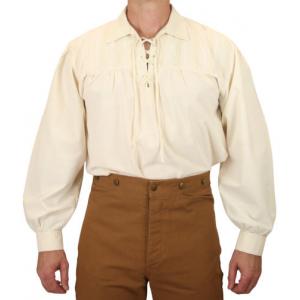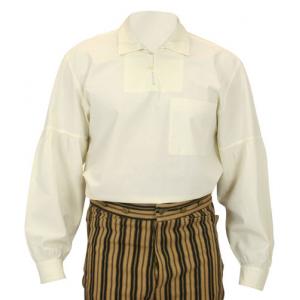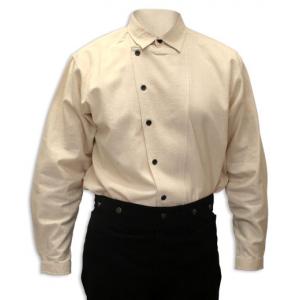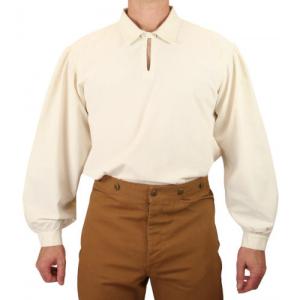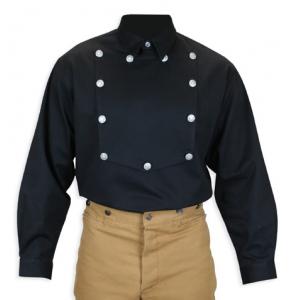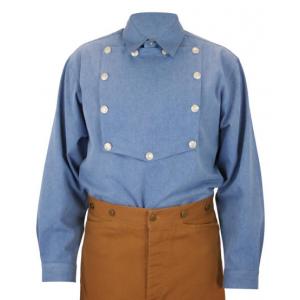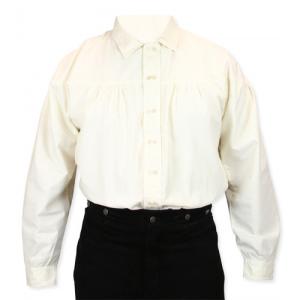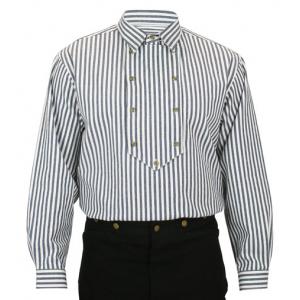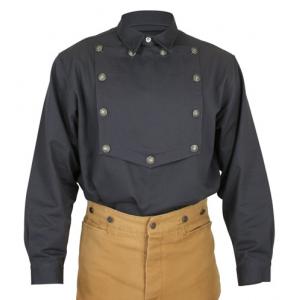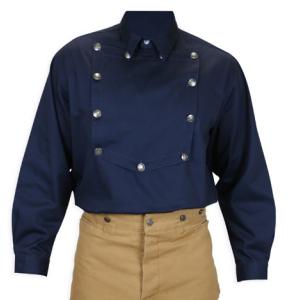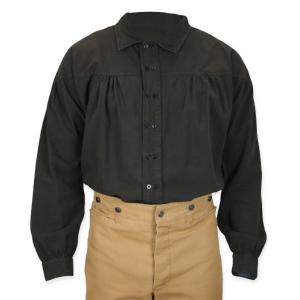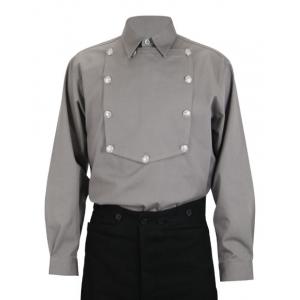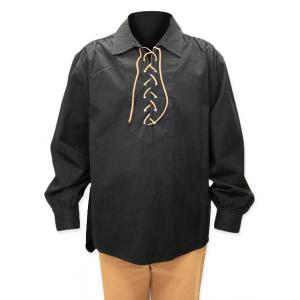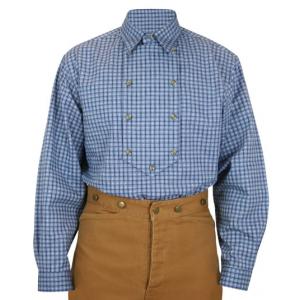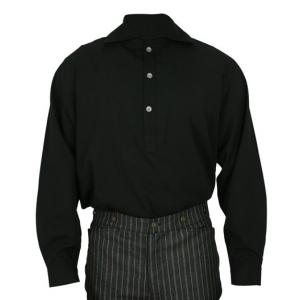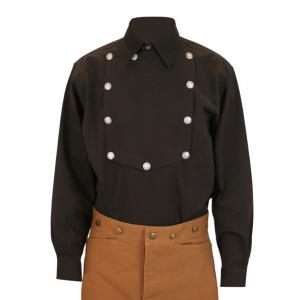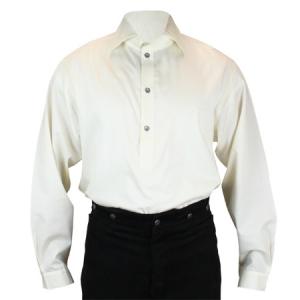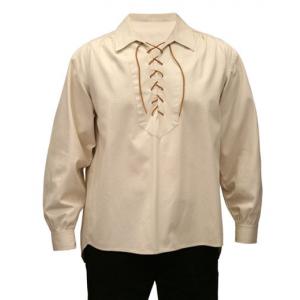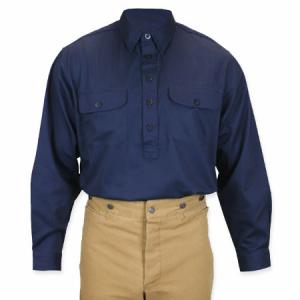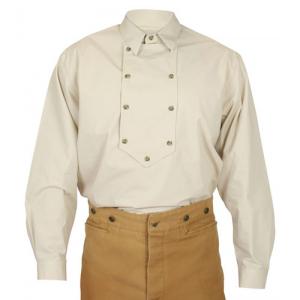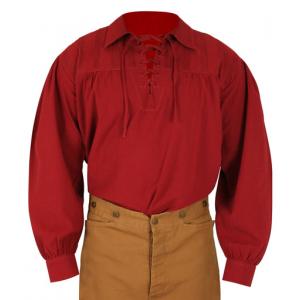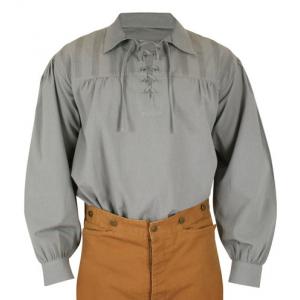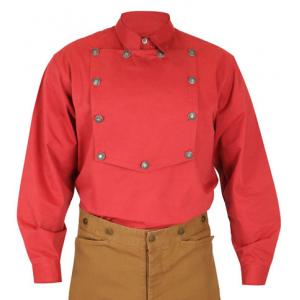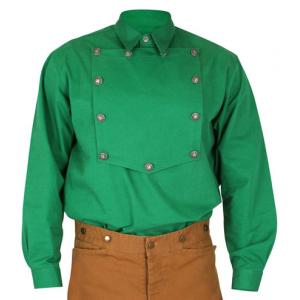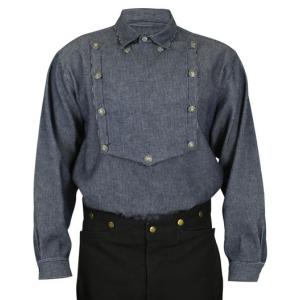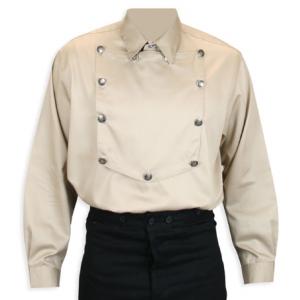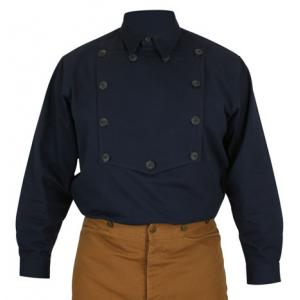Prices and Availability Subject to Change. Please call 800-997-4311 for more Information.
28 results
Frequently Asked Questions About Men's Vintage Work Shirts
What did working class men wear in the 1800s?
Working class men in the 1800s wore practical, durable clothing consisting primarily of sturdy work shirts, often made of cotton, linen, or wool depending on climate and occupation. Their outfits typically included canvas or wool trousers, waistcoats for additional warmth, and simple neckwear or neckerchiefs rather than formal cravats, with the quality and styling reflecting their economic means while maintaining function for manual labor.
What is a work shirt?
A work shirt in the 1800s was a practical garment designed specifically for durability and functionality during manual labor, featuring stronger fabrics, reinforced stitching, and looser cuts than dress shirts. These shirts typically had simpler constructions without the elaborate details of formal shirts, often including practical elements like larger pockets, gussets for movement, and sometimes fabric reinforcements at high-wear areas like elbows and shoulders.
What did the working-class wear in the 1800s?
The working class in the 1800s wore practical, hardwearing clothing including sturdy work shirts made of cotton, flannel, or linen, paired with canvas, moleskin, or woolen trousers. Their outfits were designed for functionality rather than fashion, with features like reinforced seams, patch pockets, and more relaxed fits than upper-class clothing, often maintaining the same garments for both work and casual wear with perhaps one better set reserved for Sundays.
MORE Q&A







